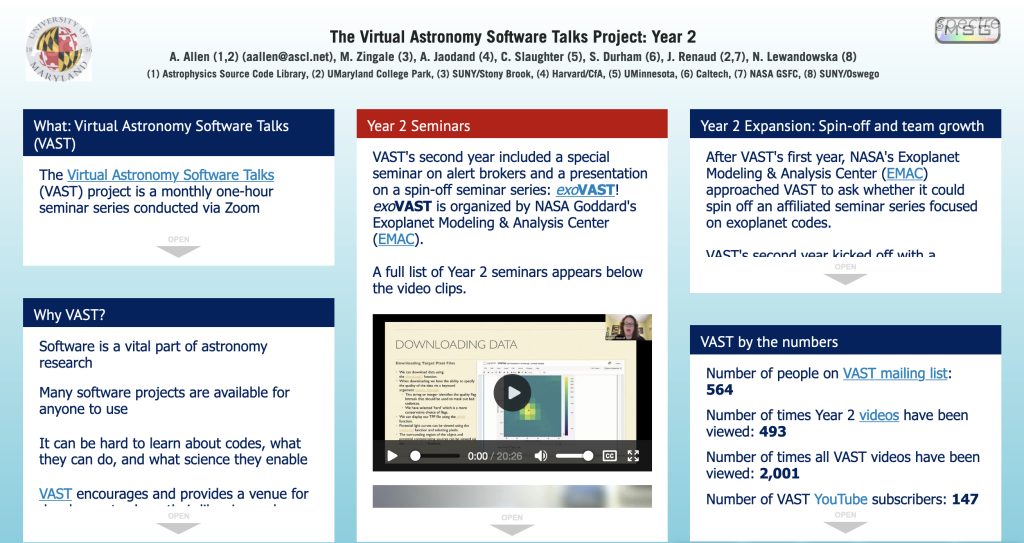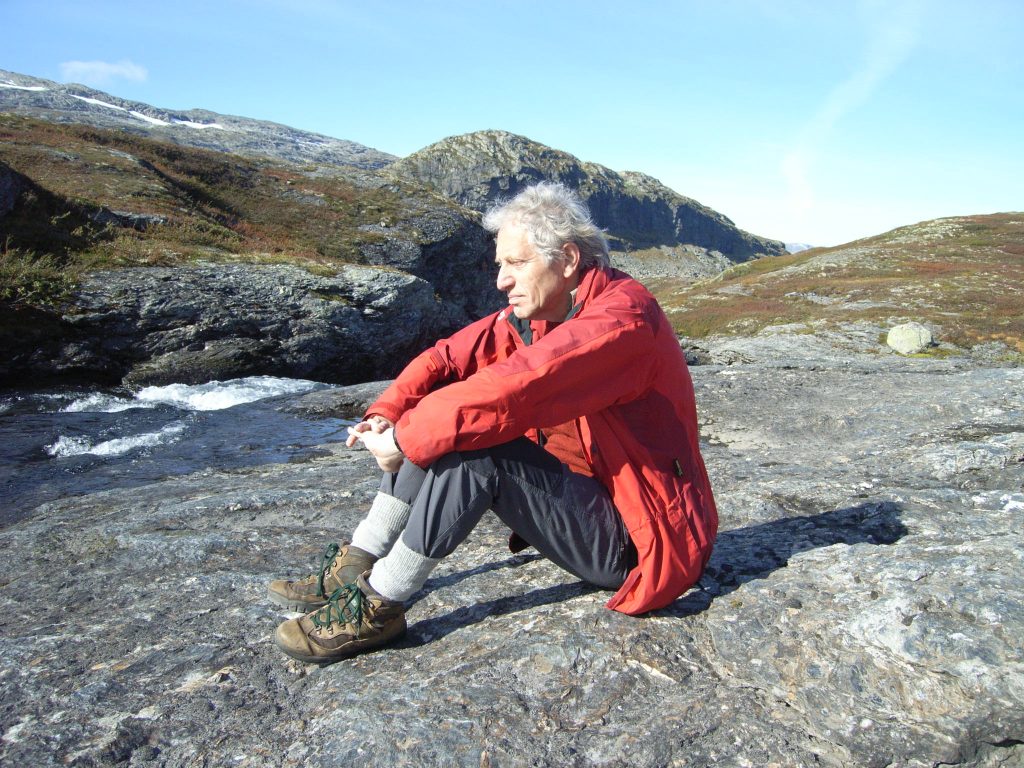Software is a vital part of astronomy research, and many software projects are available for anyone to use. The Virtual Astronomy Software Talks (VAST) seminar series provides a way for developers to share information about their software with the community. Using Zoom, one-hour VAST seminars are presented monthly and typically feature two software projects and include a discussion period to foster meaningful communication within the community. Other topics focused on software also also offered; past presentations have covered topics such as teaching computational astrophysics, building a coding community, and publishing software. Presentations are recorded and posted to the VAST YouTube channel, which now features over 20 previous seminars. This presentation covers how VAST is run, its growth in its second year, and its ExoVAST spinoff, and includes information on how to access VAST seminars and propose future talks.
Monthly Archives: January 2025
Sverre Aarseth, father of open source stellar dynamics software, has passed on to a higher orbit
Sad news today from Simon Portegies Zwart, who wrote the following orbituary:
It is with great sadness that I have to inform you of the passing away of Sverre Aarseth on 28 December this year after 90 two-body orbits. Sverre Johannes Aarseth was born on July 20, 1934, in Norway.
Sverre was a student of Fred Hoyle, and later became the supervisor of Douglas Heggie and Elena Terlevich at the University of Cambridge’s Institute of Astronomy. He pioneered computational astrophysics, developing the NBODY family of codes that revolutionized our understanding of planet formation, stellar clusters, the dynamics of black holes, and galaxy clusters. His work laid the foundation for numerous advancements in dynamical astronomy, earning him the prestigious Brouwer Award in 1998.
His commitment to open science was evident long before the concept of open-source software became popular, as he freely distributed and supported his codes. Generations of astronomers have benefited from Sverre’s codes. In recognition of his contributions, asteroid 9836 Aarseth (1985 TU) was named in his honor. Fittingly, Sverre is currently observable between Virgo and Lyra, a celestial tribute to his lasting impact on the field.
Beyond his scientific pursuits, Sverre was an avid mountaineer and accomplished chess player. He earned the title of International Master for Correspondence Chess in 1981. The astronomical community celebrated his 80th birthday in Sexten Italy in 2014, where we climnbed the Tre Cime di Lavaredo (also called der Drei Sinnen, a pathetic small mountain for Sverre), almost missing his afternoon talk.
Generations of astronomers were entertained by his vivid stories of meeting tigers (in the wild), racing cars, and stormy mountain top sleep-overs. His lively personality, humor, and groundbreaking work will be remembered fondly. As he ascends to a higher orbit, we will cherish the memory of his vibrant personality, captivating stories, and the invaluable codes he wrote. His legacy will continue to inspire future generations of astrophysicists, much like the celestial bodies he spent his life studying.
We have been lucky to have orbited Sverre.
December 2024 additions to the ASCL
Thirty codes were added to the ASCL in December, 2024:
BADASS: Bayesian AGN Decomposition Analysis for SDSS Spectra
BlendingToolKit: Tools to create blend catalogs, produce training samples, and implement blending metrics
CLOWN: Cloud detection software for observatories with an all-sky camera
Codex Africanus: Radio astronomy algorithms library
cogsworth: Self-consistent population synthesis and galactic dynamics simulations
Combustion Toolbox: Gaseous combustion problem solver
Coport: Covariant polarized radiative transfer
CosmoFlow: A systematic approach to primordial correlators
dask-ms: xarray datasets from CASA tables
DIES: Dust radiative transfer with the immediate reemission method
exoTEDRF: Tools for end-to-end reduction of JWST exoplanet observations
FINUFFT: Flatiron Institute Nonuniform Fast Fourier Transform
FitTeD: Fitting Transients with Discs
ForestFlow: Lyman-alpha cosmology emulator
gwforge: Mock gravitational wave detector data generator
lintsampler: Efficient random sampling via linear interpolation
MARDIGRAS: MAss-Radius DIaGRAm with Sliders
mr-plotter: Mass-radius diagrams plotter
nifty-ls: Fast Lomb-Scargle periodogram
Particle_spray: Modeling globular cluster streams
pmwd: Particle Mesh With Derivatives
POSEIDON: Multidimensional atmospheric retrieval of exoplanet spectra
Siril: Astronomical image processing tool
Spectuner: Automated line identification of interstellar molecules
squishyplanet: Non-spherical exoplanet transit modeling
Stimela2: Workflow management framework for data reduction workflows
The Payne: Interpolate spectral models with neural networks
Twinkle: Calculate and plot spectral energy distribution of main-sequence stars
WD_models: WD photometry to physical parameters transformer
γ-Cascade V4: Gamma-ray propagation package

